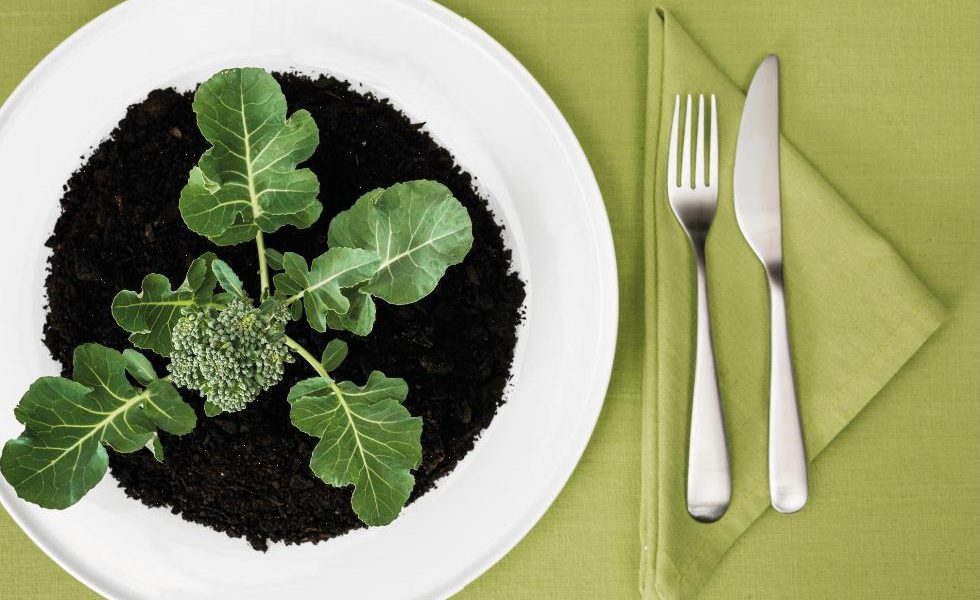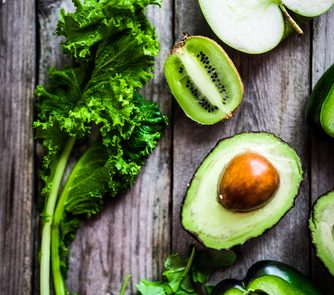We’re often told by the likes of Jamie Oliver that organic produce is best, but what are the real bonuses, and is it worth the extra cash for those of us who aren’t on a celeb budget? It’s certainly popular – a report by The Soil Association (soilassociation.org) revealed that organic food and drink sales increased by four percent in 2014, boosting the market value to more than £1.86 billion in the UK with sales expected to top the £2 billion mark by the end of this year.
But perhaps the increased price hasn’t put us off completely as a survey by the Organic Trade Board (organicukfood.com) found that 42 percent of us Brits have bought organic produce in the past week alone. You don’t need to walk far in an average supermarket to find a decent range of organic items, but the real boom has been in independent shops and delivery box schemes with a more luxurious offering. So what’s the lure of the ‘O’ word, despite the higher prices?
Organic Vs Free Range
First, let’s be clear about what organic actually means. “In a nutshell, it’s food produced without the use of pesticides and herbicides, in harmony with nature,” says Catherine Fookes, campaign manager for the Organic Trade Board (organictradeboard.co.uk). “A lot of brands don’t always adhere to the organic standards or aren’t even aware that hydrogenated fat, artificial food colours and preservatives are not permitted in organic food.” Ingredients list aside, the boundaries of organic food go way beyond the supermarket shelves – they also run into our countryside as well. “Freerange farming encourages healthy livestock, which means no drugs or antibiotics,” Catherine tells us. But don’t be fooled into thinking free-range means organic. “The difference is that organic chickens, for example, have more space to roam than free-range and are always fed non-GM food, whereas freerange poultry don’t have such regulations on their diets.”
Pounds for LBS
Not only is organic food better for animal welfare – not to mention the environment – research shows that it’s actually better for your purse too. Although the stigma of added expense is still attached to the more elite choice of groceries, experts say that switching to organic fruit, veg and cereals can deliver the added antioxidants equal to munching one or two extra portions of fruit and veg per day. Talk about good value for money! We all know the saying – you can’t put a price on health and it seems that this couldn’t be truer of organic milk and meat. A study led by Newcastle University found that they contained around 50 percent more heart healthy omega 3 fatty acids than their regularly produced counterparts.
“This is likely to be a result of increased outdoor grazing,” says Lily Soutter, a nutritionist and weight loss expert (lilysoutternutrition.com). “Omega 3s are linked to reductions in cardiovascular disease, improved neurological development and better immune function.” But meat and dairy aren’t the only food groups that are supercharged by organic properties, as a recent study revealed that organic crops are 60 percent higher in key antioxidants and lower in levels of toxic heavy metals than conventionally grown fruit and veg.
The cost of health
Scary? Yes. But despite the implications to our health, for the vast majority of us, switching to a 100 percent organic diet is just not doable. But making some smart swaps could pay dividends to our wellbeing in the long run. “You can be thrifty. It’s about a different approach to cooking and making the most of the food you’re buying,” Catherine suggests. “For example, if you spend a bit more on an organic chicken for your roast dinner, cook the leftovers in a risotto the next day, using homemade stock. Or buy organic minced beef to make bolognese but add extra vegetables and green lentils to make the meat go further.”
A good tip when it comes to fruit and veg is to buy what’s in season as it’ll be in abundance so at the best price and quality. Farm shops, organic independent stores and veg box delivery schemes are all great ways of doing this and it encourages you to eat a varied diet, which is a good thing in itself.
Added Benefits?
Now that we’ve established what extras our high performance produce can contain, we must also consider what isn’t in there. “By choosing organic, you are instantly minimising exposure to artificial fertilisers, pesticides and other chemicals,” says Lily. Not convinced?
Worryingly, a report released by Pesticide Action Network UK found that pesticide residues in bread more than doubled from 2001 to 2013. “It can take as long as seven to 10 years to eliminate these toxins from your body,” Lily warns. Although the Food Standards Agency claims that current levels of pesticides in the UK food supply don’t pose any major health concerns, the chemicals have been linked to a range of conditions – from hormonal imbalances to cancer. “These residues can’t be washed off or peeled away – they get all the way inside it,” Catherine tells us. And it doesn’t stop there. “Additives in everyday food can wreak havoc on our digestive systems,” says Joe Welstead, co-founder of Motion Nutrition organic sports supplements (motionnutrition.com) and former professional swimmer. “Some people who use whey protein shakes, for example, think that they may be lactose sensitive, but there’s little lactose in whey. What they are likely to be reacting to is the chemicals added into the powders to make thick, creamy, sweet shakes.”
So, how can we fill our fridge safe in the knowledge that we’re doing right by our health? “In the UK, at least 95 percent of ingredients need to be organic in order for a label to claim as such. And the remaining five percent? The regulations are still strict on what’s allowed,” Joe says. “We don’t use any artificial colourings, flavourings, sweeteners or harsh chemicals, but some American brands can sell products over here with a US-certified organic label and the US regulations are much more lax.” To be on the safe side, Joe advises that we look out for the green Euro leaf logo to be sure of EU organic standards but as a general rule, if the ingredients list is lengthy, it’s more likely to not be organic because it contains additives. “Things like soy lecithins, guar gum, xanthan gum are ones to watch out for,” Joe says. “Plus artificial sweeteners, like sucralose.
When something tastes like salted caramel in a protein shake, but there’s no butter or sugar in there, it’s all artificial chemicals, which the human body isn’t designed to digest.”
}




















